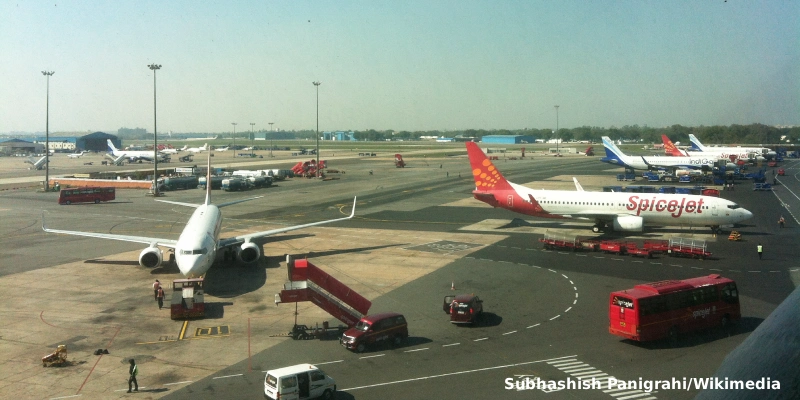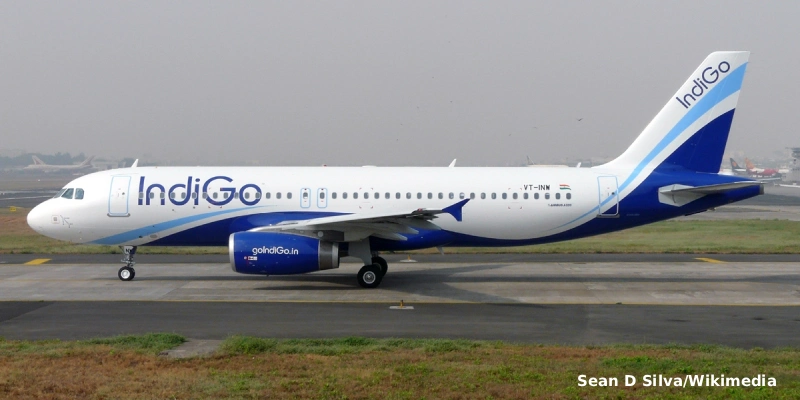The Teniente Benjamín Matienzo International Airport in Tucumán, Argentina, will undergo a complete renovation with an investment of $58 million, allowing it to double its operational capacity and improve the passenger experience.
A Modern and Functional Airport
The airport renovation will be carried out by Aeropuertos Argentina in collaboration with the Regulatory Body of the National Airport System (ORSNA). Thanks to this transformation, the terminal will be able to handle up to 1,500,000 passengers annually, double its current capacity, and operate both domestic and international flights simultaneously.
Currently, the terminal has 8,600 m² of covered space, but with the expansion, an additional 1,400 m² will be added, reaching a total of 10,000 m² of fully renovated space.
→ JetSmart Expands Its Presence in Argentina with New Routes to Resistencia and Trelew
Key Infrastructure Improvements
Expansion and New Facilities
- Two new boarding bridges will be added, bringing the total to three.
- 14 new check-in counters will be installed.
- A new departure hall with four domestic and two international boarding gates will be added.
- The boarding area will be expanded from 650 m² to 1,800 m².
- The number of simultaneous boarding gates will increase from two to five.
- Baggage control areas will be improved, and new carousels will be installed.
- Two new dining areas with a variety of culinary options will be added.
Platform Improvements
In addition to the terminal renovations, the airport platform will be optimized for better aircraft operations, allowing it to accommodate larger flights.
A Project with Regional Impact
The presentation of the renovation project was attended by important national and provincial authorities, including Franco Mogetta, Secretary of Transportation of the Nation; Osvaldo Jaldo, Governor of Tucumán; Lisandro Catalán, Deputy Chief of Cabinet of the Interior; Daniel Scioli, Secretary of Tourism; Hernán de Arzuaga Pinto, President of ORSNA; and Daniel Ketchibachian, CEO of Aeropuertos Argentina.
Franco Mogetta emphasized that this project will enhance regional connectivity, reinforcing the Open Skies policy promoted by the government of Javier Milei, which has liberalized the air market, allowing new routes and airlines in the country.
Osvaldo Jaldo highlighted that the Benjamín Matienzo Airport is a key hub in northern Argentina, not only for the number of passengers but also for its importance in cargo transportation and boosting export activities.
Key Data on Airport Operations
In 2024, the Tucumán Airport mobilized 732,339 passengers and operated an average of 500 monthly flights by Aerolíneas Argentinas, Jetsmart, and Flybondi. Among the destinations with the highest connectivity are:
- Buenos Aires (Jorge Newbery Aeroparque and Ezeiza International Airport)
- Córdoba
- Iguazú
- Punta Cana (Dominican Republic)
Features of the New Terminal
Ground Floor
- Two public access points at sidewalk level, improving accessibility.
- Double-height arrivals hall (10 meters of free height).
- 14 check-in counters with a new baggage system (scales, injectors, and collectors).
- New baggage handling area with controls and carousels (BHS).
- New dining areas accessible from public areas.
- Car rental sector with 8 offices.
- New health area accessible from the main hall and the exterior.
- Offices for official agencies (AA, PSA, and others).
Upper Floor
- New departure hall with PSA controls for domestic and international flights.
- New immigration area.
- International boarding lounge with 2 boarding gates.
- Domestic boarding lounge with 4 boarding gates.
- 2 new fixed bridges with hydraulic and electromechanical systems.
- Commercial and dining spaces.
An Airport Ready for the Future
The modernization of the Tucumán Airport adds to other investments made in previous years, such as the renovation of the domestic arrivals and departures area in 2024 and the runway expansion between 2016 and 2017.
Thanks to this renovation, the Benjamín Matienzo Airport will not only improve connectivity and the passenger experience but will also strengthen its strategic role in cargo transportation and the economic development of the region.
Related Topics
Singapore Will Apply World’s First Green Fuel Tax on Airline Tickets to Promote its Use
Hundreds of Flights Delayed at Delhi Airport Due to Air Traffic System Failure
IndiGo Reports Larger-Than-Expected Losses in Last Quarter
Virgin Atlantic to Launch London to Seoul Flights from March 2026

Un apasionado por la aviación, Fundador y CEO de Aviación al Día.




